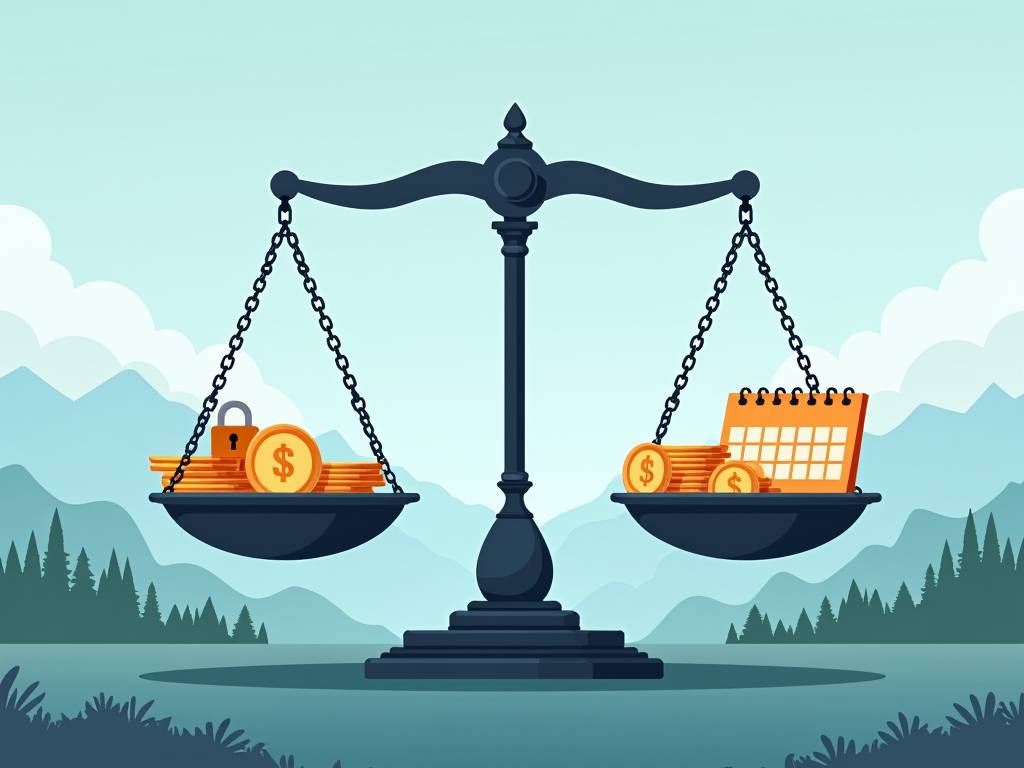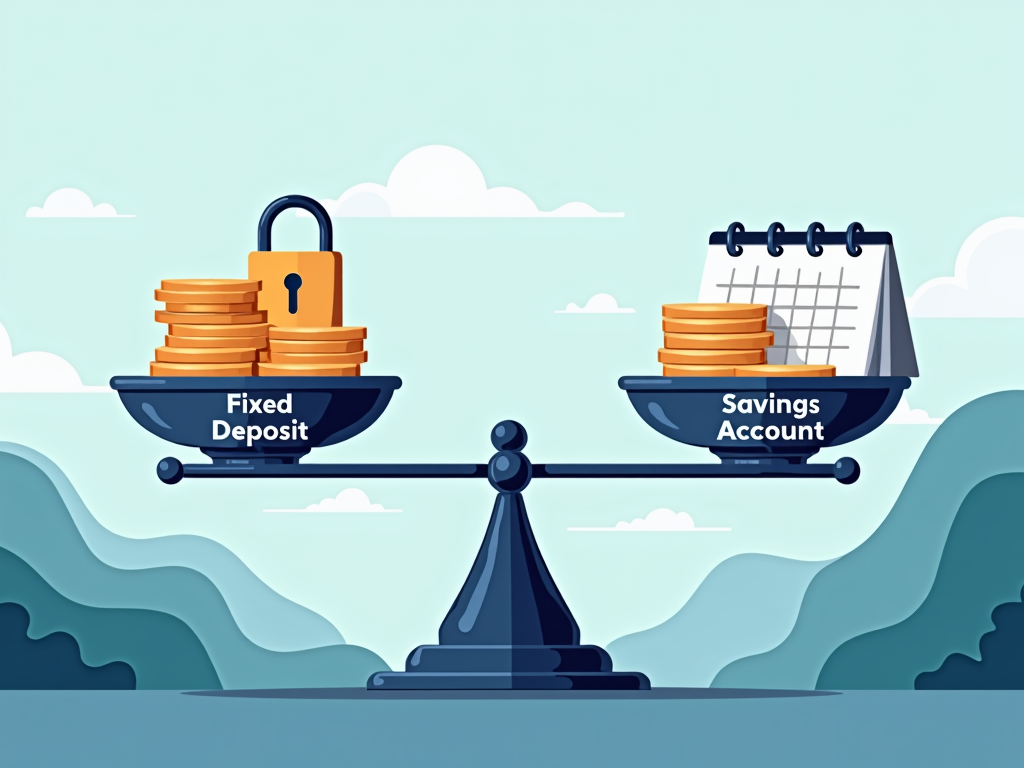In a world where interest rates are as rare as oases in the desert, investors and savers seek safe alternatives to protect and grow their savings. Time deposits and savings accounts offer reliable opportunities here. While time deposits promise stability and higher interest rates, savings accounts attract attention for their flexibility. This article highlights the differences and similarities between these forms of investment and explains what to pay attention to when choosing in order to make the best decision.
Time Deposit vs. Savings Account: Balancing Stability and Flexibility

Time deposits and savings accounts are among the most popular investments, especially in times when investments with traditionally low-interest rates offer poor returns. Both options provide a relatively safe way to earn on savings, but differ in key points that can be relevant for investor decisions.
One significant difference pertains to the duration and flexibility of the two models. With a time deposit, the capital is invested for a fixed duration, which may range from a few months to several years. This rigid structure also means a restriction on availability for the corresponding period, during which the investor cannot easily access their money. In comparison, the savings account offers maximum flexibility, as there are no fixed terms and the deposit is always available. Usually, there are no restrictions regarding the investment amount or withdrawal.
Another difference concerns the interest rate. Those who opt for a time deposit benefit from a fixed interest rate that remains unchanged throughout the term. This allows for clear and secure planning of expected returns. Longer investment durations generally promise higher interest rates. Conversely, the savings account offers a variable interest rate, which can be advantageous in growing markets, but is also subject to the risks of falling interest rates.
Regarding the distribution of interest, both investments show a similar picture: with the time deposit, interest crediting can occur either through capitalization or payment, while in the savings account, interest is usually credited quarterly or annually to the account. Hence, there are few differences in managing interest earnings.
Despite these differences, there are also important similarities. Both types of investment offer the security of deposit guarantees, which in the EU protects deposits up to 100,000 euros per investor and bank. Moreover, both time deposits and savings accounts are easy to manage and can be easily set up via digital options.
For investors, these features offer the possibility of strategic combinations: it may be beneficial to lock a portion of their savings in a time deposit with a higher interest rate and freely invest the rest in a savings account. This provides an ideal balance between stability and flexibility and allows room for adjustments depending on how the interest landscape evolves.
Investment Strategies: Time Deposit and Savings Account as Pillars of Your Financial Plan

Making a wise decision between a time deposit and a savings account is crucial in times of low interest rates to get the most out of savings. Both forms of investment offer security through legal deposit guarantees, but they differ significantly in their flexibility and yield, elements that should be considered when making a choice.
The time deposit can be particularly attractive if you desire a fixed and predictable return. Fixed interest rates provide protection against market fluctuations and make it easier to forecast the future value of your investment. However, the trade-off lies in the restriction of availability: until maturity, your capital remains bound, and an early exit may lead to financial losses. In situations where market interest rates might rise, shorter investment periods could prove advantageous to capitalize on future prospects and maintain flexibility.
On the other hand, there is the savings account, a symbol of flexibility and immediate accessibility to your funds. This form of investment allows for swift reaction to economic changes. In particular, the variable interest rate can represent both a risk and an opportunity in times of economic volatility. Even though interest rates are generally lower than those of time deposits, many appreciate the ability to access their funds at any time without worrying about early withdrawal penalties.
When choosing between a time deposit and a savings account, several important factors should be considered: the current interest rate situation, your individual needs regarding liquidity and security, and your overall investment strategy. An intelligent combination of both forms could form part of a balanced strategy to have both flexibility and predictable returns in your portfolio. Diversification and regular review of interest rate offers are key elements for efficiently responding to market changes.
Ultimately, the decision between a time deposit or a savings account is not just about individual preferences, but also about a careful assessment of long-term goals and capital utilization. Both investment options have their time and place in a well-crafted financial strategy that should fit your financial reality and expectations. Therefore, it is beneficial to remain vigilant and constantly monitor market dynamics to respond best to financial uncertainties.